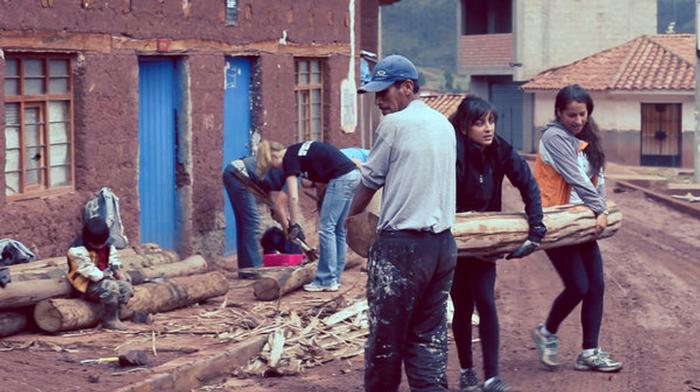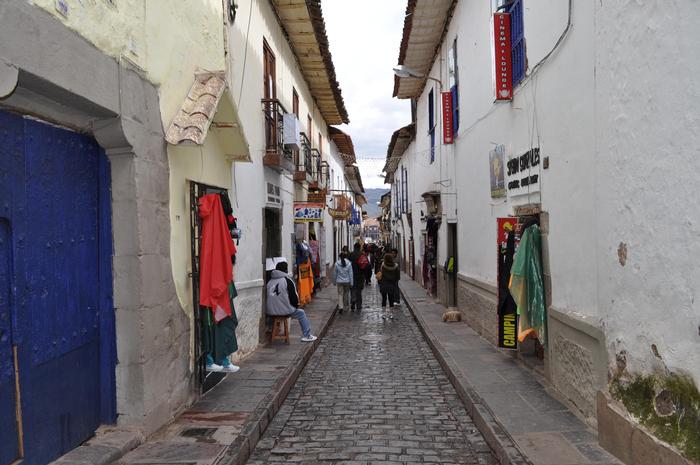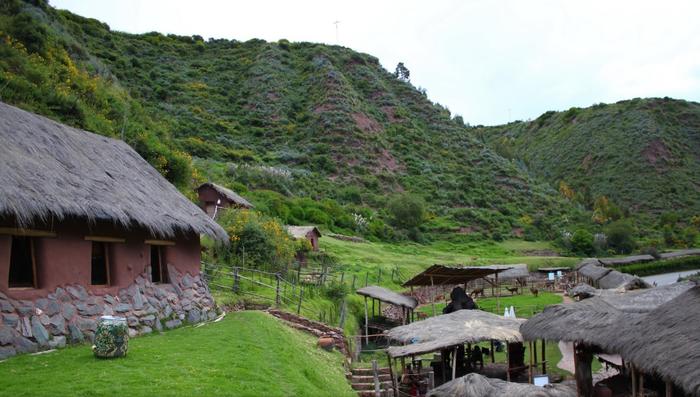Tarun Bhasin Travel Fellowship ProposalGUEVARA cruisingIt all started in third semester with this movie, you might have heard of it, The Motorcycle Diaries. At first it did nothing more than cultivate in me, a desire for travelling and a desire for the Latin American region. But since then the gravity of one’s experience has soaked in completely. “How is it possible that I feel nostalgia for a world I never knew? How do you explain that a civilization capable of building this [Machu Picchu, Peru] is wiped out to build this [Lima, Peru]?” he shares. And I too feel the same. It was a subtle moment, now that the images of my school life come flashing time and again, I realize. There we sat, some four dozen students in a room, sweating profusely, pencils slipping, pages dampening; devouring poems and prose, enjoying the summer heat more than ever. There was something impish about that environment, that rendered a comfortable micro-climate with the passive design techniques yet was exposed enough to let in the summer heat, the winter chills and the rains in a very orchestrated manner. It modulated the weather but made us experience the seasons. I guess most of all, the school defined in me sensitivity towards spaces, empathy towards experiences like my own and added perspective to the otherwise banal knowledge. It would be a ‘poor’ life, one devoid of such memories. Poor, from that sense, is a very expressive term for me. More than the quantitative aspects focusing on one’s access to products and services, I wish to look at deeper meanings of the word when used as an adjective. For me, poverty is prevalent in the state of being which is devoid of similar emotions and phenomenon that add to the incidentals of life. It is much a personal meaning that I carry with me when I approach Peru. Some hours before Machu Picchu lies the city of Cusco. Intense street networks, cobblestone paving, stone masonry, efficient storm drainage, timber projections (balconies) and country-tile roofs form its imagery along with its famous piazza. It is surrounded by small villages that are based around Inca ruins. The village in Sacred Valley, an hour away from the city, consists of only 32 families. The peace and slow pace of the region provides an ideal image of the everyday lives of the Peruvian highlands, with adobe houses and cold nights. Being a major tourist destination, the city has undergone rapid commercialization, producing underprivileged pockets visible in the cityscape. International Volunteering HQ, an independent organisation, runs volunteering programs in the city and the rural areas surrounding it. In the city, it runs construction and renovation works for underfunded and run-down placements. Major works include renovating buildings, repainting community centers and building new structures such as schools, orphanages, clinics and other public facilities, under the assistance of a local construction worker. The village program ‘Andean Immersion’ is unlike any other. A volunteer lives with a small Andean family and shares the work involved in their daily lives consisting mostly of assisting people in agriculture, caring and feeding the livestock, land maintenance, traditional weaving, teaching English at local school and household tasks. For the first two weeks I intend to volunteer for the construction and renovation projects in the city. This gives me hands on experience to the architectural solutions that the communities and the volunteers produce. It gives me an opportunity to learn participatory and field exercises when working for the economically weaker and gives me time to know the city. The next four weeks are spent volunteering in the village, living at a home-stay and documenting the activities of a person, a family and the small village. How the people use their spaces? What is the order of spaces in a house? What is the order formed by various houses in the village? What is environment rendered whilst a task and its connection to other areas? These are some architectural dynamics of that place I wish to document in the meantime. With that I wish to sketch about the more experiential phenomenon of the spaces like the classrooms of my own school. Today, to an extent, the culture of the city seems almost alien to the natives of the district. The falling economy of the weaving community has added to the despair of the people. They have been forced to leave their craft in order to seek new jobs in a city alien to them which seems to have forgotten them. Despite the governmental and community initiatives, the lives of these people have been reduced to an act of letting go. One can sense the sheer desperation among the 'poor'. The culture, history, folklore and craft that are ever so endearing lies preserved in the everyday lives of the rural populace, and are now mutating. It won’t be long before the truth of the daily lives is forgotten. Designing and implementing structures and schemes would not make a difference to the heritage of a country that seems to be vanishing, but only help in understanding a mere part of it. It is at war with the changes, and it cannot win. Change is imperative; it is a product of time. And I am too young to even think of quantifying it, but the evident in the scenario is the dire need to share the knowledge of the society. My intent is to document the vernacular architecture, analyse its spatial construct and differences with the urban settlements, based on observations of six weeks in the region. It will serve as a defining phenomenon for me. I wish to work in similar contexts and thus it will help me understand, people and their utilization of spaces, better. It will also provide me a deeper knowledge of a culture I feel attached to and so dearly want to understand. This is a personal effort, an year and a half since that movie, that goes beyond a report. It defines my thinking pertaining to rural and slum development and related subjects. I intend to produce an effective study from my travel that can add to the design sense of whosoever reads the work. It is a way a civilization can survive; in the romantic idea of a study and an experience. Costs- 1)Roundtrip airfare to cusco (jet airways, air france) - $2021 2)Cost for volunteering for six weeks (including cost of stay + food + taxes + visa) - $1656.9 [registration $279, 6 week volunteering $1005 taxes 5%] 3)Additional one time meal cost @ $3 per day - $126 TOTAL EXPENDITURE - $3803.9 Reference- 1) Professor Saurabh Popli (mentor for the essay) popli.saurabh@spabhopal.ac.in 2) International Volunteer HQ contact page https://www.volunteerhq.org/contact-us Additional Help and InformationAre you in need of assistance? Please email info@berkeleyprize.org. |




